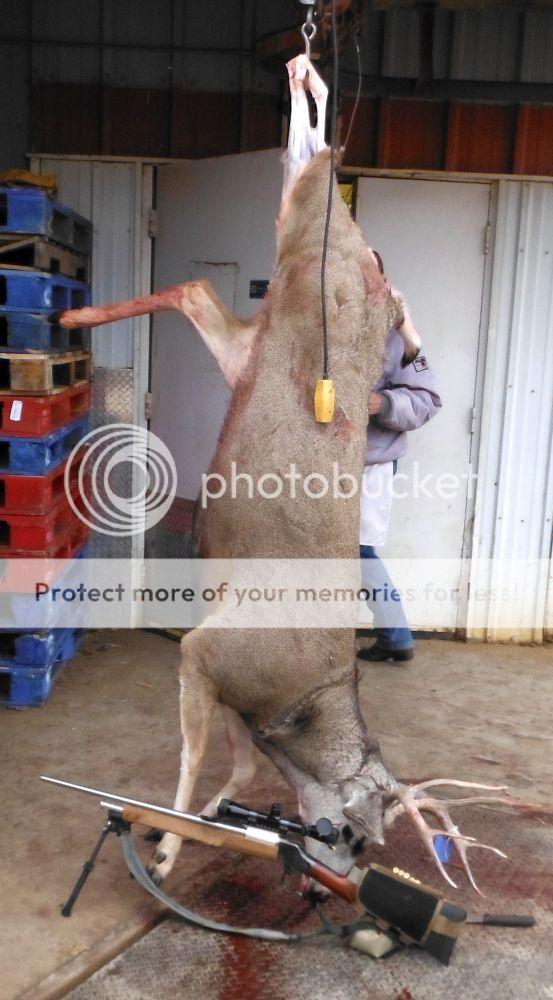I have an original Atlas and one of the new PSR ones as well.. having roughly 1000 rounds over my original and probably 200 or so over my PSR, I'll honestly say they both work excellent, but both have drawbacks...
Original's advantage (to me) is the fact that it DOES cant forward & rearward (like mentioned in Aarons clip) I like this more-so because it eliminates any possibility of flex in a "hunting-rifles" fore-end and obviously eliminates risk of the barrel ever touching and causing a flyer under a stress-shot in a situations a guy may be excited and overlook such a thing out on a hunt.. free-floated or not, fore-ends have some degree of flex, just the way it is-- if a guy lays on the rifle fast and isn't careful, it's easy to induce stress into the platform... the fore-aft cant helps ease that and soaks up oddball set-ups nicer than the PSR ( I find )
Dis-advantage to it... when folded and being carried, it can sometimes "pan" off parallel from where it starts off. This is a very minor thing, but a hinderance still the same.
For the PSR... advantage might be said that it does-not "pan" when folded up easily like the original does, and that's because of the fore/aft bosses that tighten things up... that said though, (MINE) quickly became a DIS-advantage at the same time because of a loud screech the BOSSES made as they turn while deployed. I don't like the noise in it at all (major huge disadvantage)
The one very big plus about the PSR model is that it is offered in a "tall" version with one-piece tall legs (vs) having to add the extensions to the shorter original version.. my case, with the extensions on during a couple backpack-hunts, I have had them come loose and fall off... lucky enough I found it. So as I said, the one-piece taller legs are really nice on that PSR because of (that) plus it allows a little more adjustment on uphill/downhill positions, like in mountains for example...
Those mentioned differences, to me, are what I base my opinion off of... and in my opinion, in a perfect world, a "quiet" PSR with those tall legs that has a softer fore/aft boss restriction with (some) cant built-in just might be the "perfect" bi-pod... til they make one like that tho, what I did was swap my tall legs off the PSR and installed them onto my old V-8 original Atlas and am more than content with that.. it's quiet, still allows me fore/aft, now has the tall one-piece legs, AND (not yet mentioned) the non-rotating legs PSR-style... it's about the closest to perfect bipod as I can make by mix & matching the two versions-- set-up that-way, I really am liking it alot. Will use the PSR with the now-swapped out shorter original legs on my target rifles where the added noise doesn't matter

